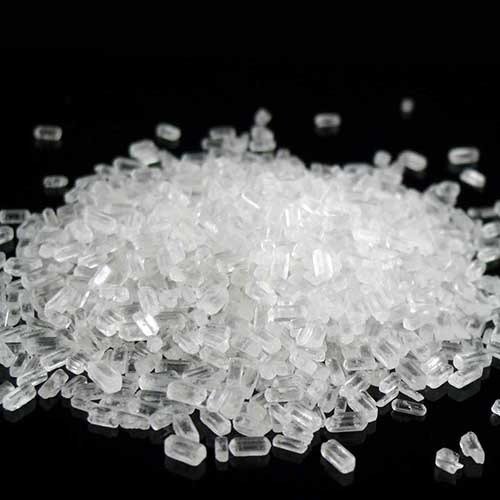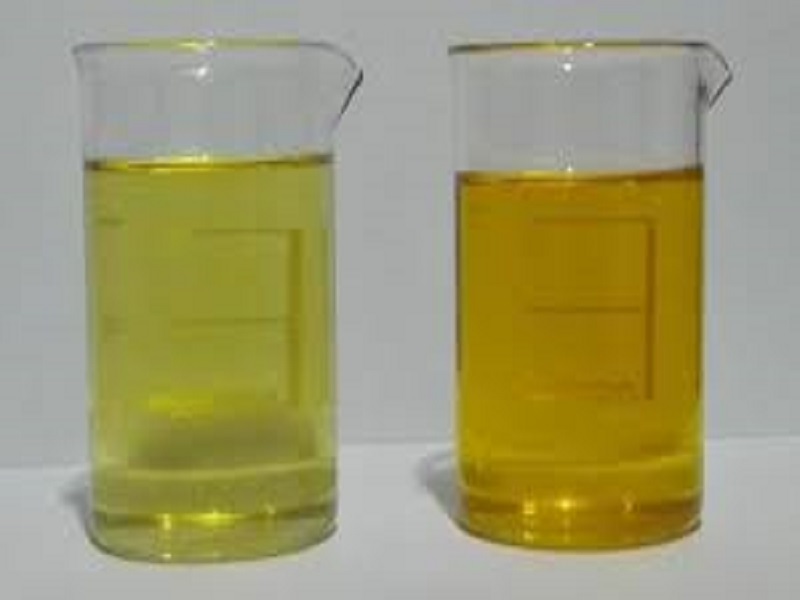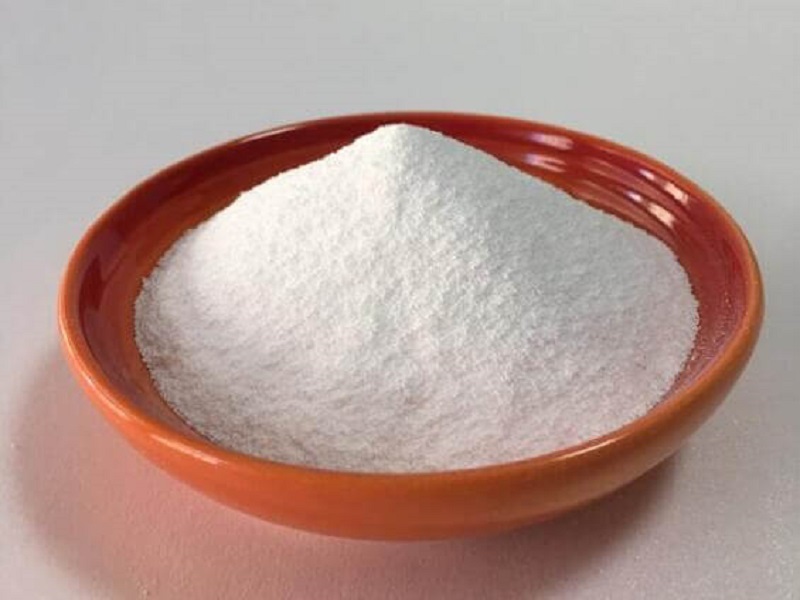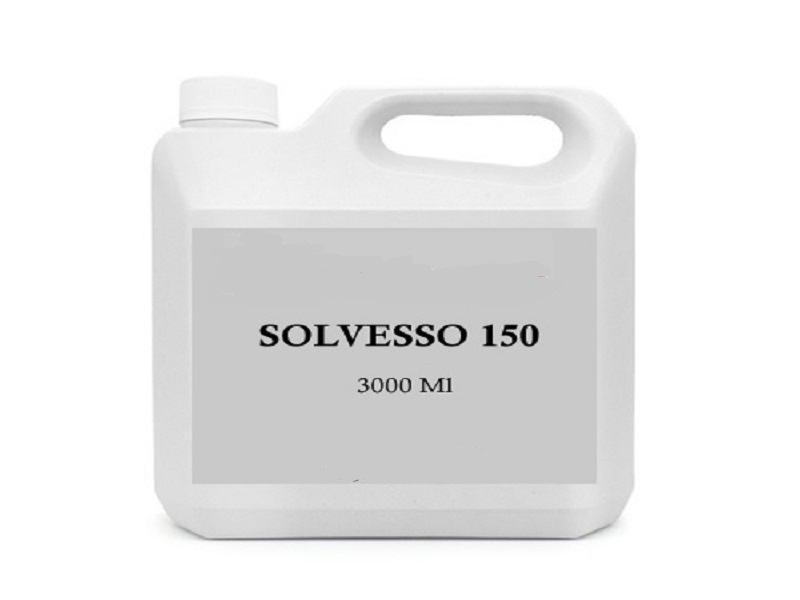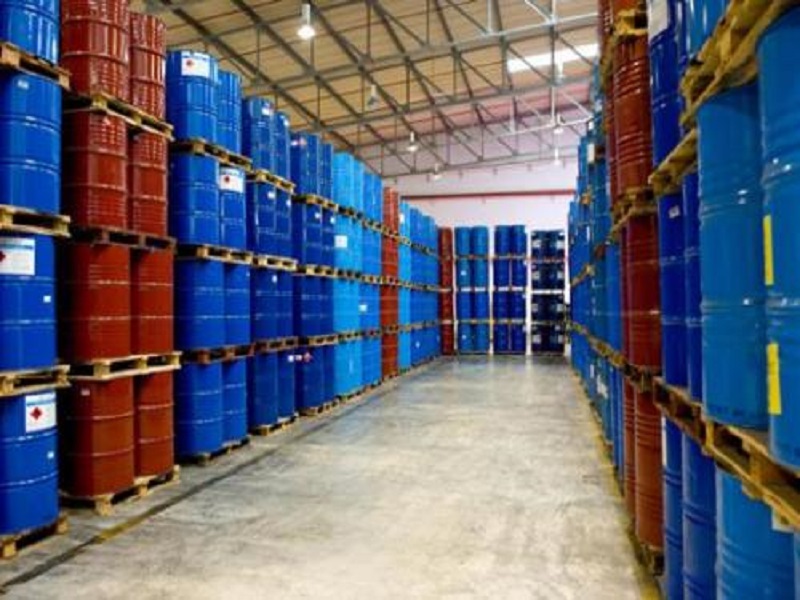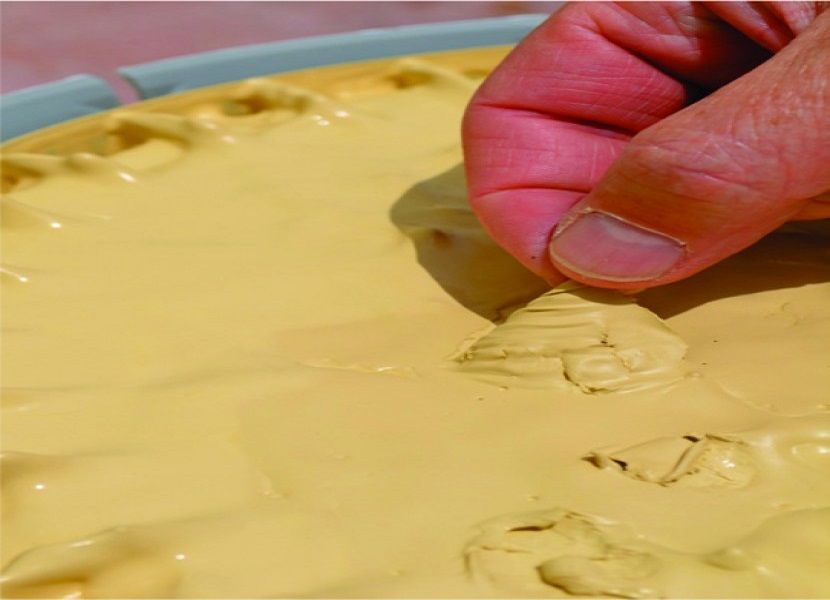Maleic Anhydride maleic anhydride
User rating:
Product quality guarantee
Guarantee the authenticity of the goods
Send nationwide
Possibility of payment on the spot
Responsive support
Introduction and general information Maleic Anhydride
What is maleic anhydride and what is its use?
Maleic anhydride is white or colorless crystals that have an almost pungent smell and is widely used in the production of polymers and coatings, paint and resin, and about 50% of its production is used to produce unsaturated polyester resin.
This product has many chemical properties and this has caused its industrial uses to increase abundantly. In addition to unsaturated resins, this product is also used to produce polybutylene terephthalate resins.
It is necessary to know that this product is transformed into other forms when combined with a catalyst and is used in the production of unsaturated resins with DL butane or copolymers.
Maleic anhydride gives anti-corrosion properties to unsaturated alkyd resins and makes them very resistant; Therefore, the resins obtained when combined with fiberglass create an anti-wear and anti-corrosion material and are used in the construction of car bodies, ship and boat covers, etc.
This product is used as a regenerative material in the production of epoxy resins and is also used to produce lubricants. Also, it gives a good gloss and hardness to the resin and causes its surface and depth to dry quickly and properly; On the other hand, it makes the resins compatible with other samples.
The films obtained from these resins have a higher thickness with a higher grade and also the thickness of the films will be completely dry.
We must mention that this product is not only used in industry, but is also used in the food and health industries. As an indirect flavoring and preservative, it is added to food to increase the taste of drinks; It also acts as a stabilizer and conditioner in the production of hair care products.
It is necessary to know that this product is produced in two industrial and traditional ways, that the producer of this product in our country is in Yazd, and the rest of the existing samples are imported from countries such as Italy and Germany; Of course, you need to know that the raw materials used in the production of Iranian samples are all imported, which can affect the final price.
These products are often sold in 500-gram packages that are suitable for laboratories, and for other uses, they are sold in 25-kilogram polyethylene bags and one-ton jumbo bags.

